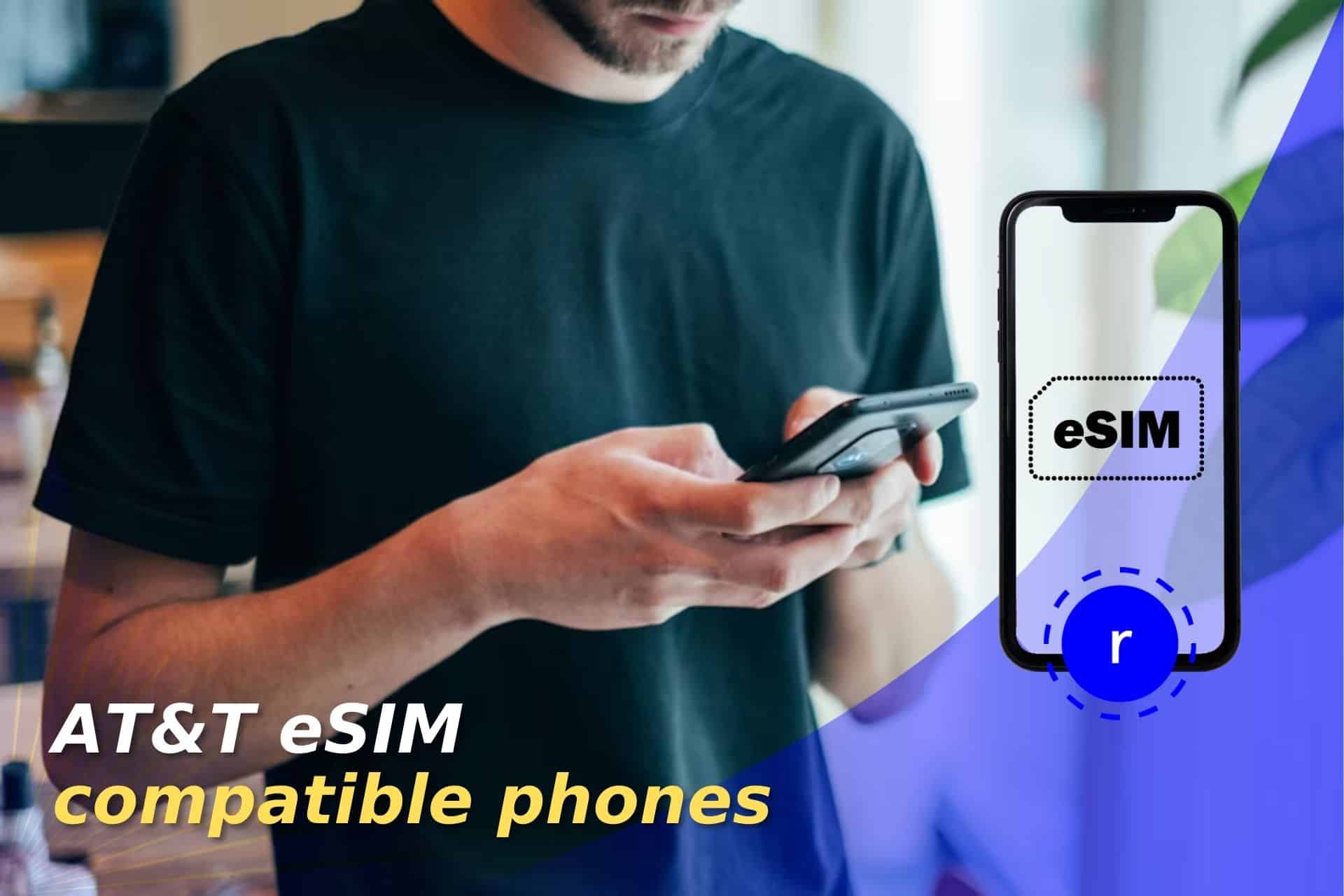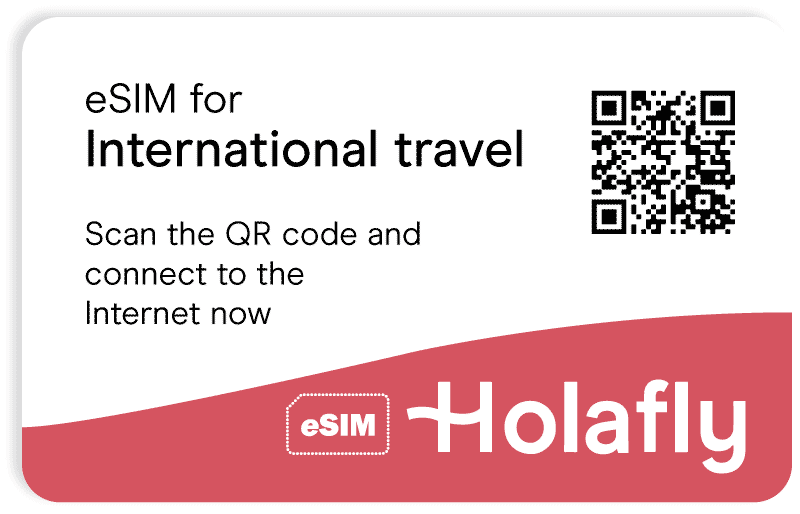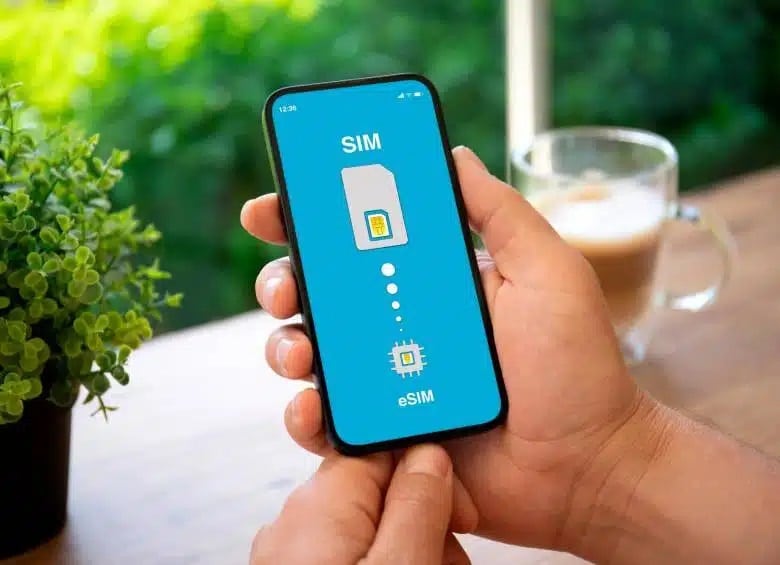eSIM Cards
Best eSIM Africa: compare, buy online and travel connected
We are going to tell you all about the requisites, characteristics, prices, and the providers that offer the eSIM card for Africa.
Advertising Disclosure
Roami was founded to serve as a trusted resource for travelers in need of reliable internet solutions abroad. Our team, comprising avid travelers, provides comprehensive reviews and guidance on data SIM cards, eSIMs, pocket WiFi devices, and free WiFi apps, drawing from firsthand usage during our travels.
We are committed to offering unbiased and thorough recommendations. To support our website, we earn affiliate commissions from links to products on our site. While our reviews are independent and based on our own experiences and detailed product testing, these commissions allow us to cover costs and continue bringing valuable advice to travelers worldwide.
Our reviews and articles are updated regularly to ensure relevance and accuracy. Please note that we may not review every product in the market, but we strive to cover as many as possible to maintain a wide-ranging resource for our readers. Join us at Roami to stay connected wherever your travels may take you.

If you’re a frequent traveler, a digital nomad, or just someone who values flexibility and convenience when it comes to your connectivity experience, chances are you’ve heard of eSIM technology. AT&T, a leading cellphone service provider, offers the eSIM card for those who want to break free from the physical limitations of traditional SIM cards. But how do you know if your cellphone is compatible with AT&T’s eSIM?
In case this question’s running around in your head, don’t worry. We’re here now to help you sort out this doubt. In this post, we’ll explore which phones are compatible with AT&T’s eSIM, so you’ll have all the information you need to decide about your next purchase or service activation. Keep reading to find out how to make the most of this groundbreaking technology and stay connected with no strings attached as you travel the world.

In the past few years, eSIM technology has experienced a surge in popularity in the world of mobile devices. The eSIM, short for “Embedded Subscriber Identity Module,” is the evolution of the traditional physical SIM card that serves to identify and authenticate a device on a mobile network.

Unlike conventional physical SIM cards, the eSIM is a small chip unit embedded in a device, such as a smartphone or tablet. This means that there’s no need to manually insert or physically change the SIM card every time you switch carriers or travel to another country. The eSIM brings greater flexibility by enabling you to store multiple operator profiles on a single device, making it easier to activate and switch cellphone services.
AT&T is one of the leading wireless carriers on the market, widely known for its extensive coverage and quality service. The company offers its customers the option of using eSIM technology for a more convenient and flexible consumer experience.
AT&T’s eSIM is tied to the carrier’s data plans. Unlike prepaid eSIMs, which provide internet access for a limited period, AT&T’s data plans usually last longer, typically several months. This allows users to enjoy a continuous connectivity without worrying about topping up or renewing the eSIM regularly. Therefore, it’s likely that the most frequent users of these eSIMs will be mainly from the countries where AT&T offers this product, i.e., Puerto Rico, the United States, and Mexico.
To activate the AT&T eSIM, users need to follow a straightforward process. First, they must make sure that their phone is compatible with AT&T’s eSIM, as we will see in the next section. Then, they can access the eSIM activation feature in the device’s settings. Once there, they will have to provide the required details, such as phone number and account information, to link their device to AT&T’s eSIM and activate the related data plan.
Here’s a list of some of the popular phones that are compatible with the AT&T eSIM. Check to see if your cellphone is on the list so you can enjoy AT&T services with no need for a physical SIM card.
| Manufacturer | Model |
| Apple | iPhone 11 |
| Apple | iPhone XR |
| Apple | iPhone XS |
| Apple | iPhone XS Max |
| Apple | iPhone 11 |
| Apple | iPhone 11 Pro |
| Apple | iPhone 11 Pro Max |
| Apple | iPhone SE 2 (2020) |
| Apple | iPhone 12 Mini |
| Apple | iPhone 12 |
| Apple | iPhone 12 Pro |
| Apple | iPhone 12 Pro Max |
| Apple | iPhone 13 |
| Apple | iPhone 13 Mini |
| Apple | iPhone 13 Pro |
| Apple | iPhone 13 Pro Max |
| Apple | iPhone SE 3 (2022) |
| Apple | iPhone 14 |
| Apple | iPhone 14 Plus |
| Apple | iPhone 14 Pro |
| Apple | iPhone 14 Pro Max |
| Apple | iPad (A2198, since 2019) |
| Apple | iPad Mini (A2124, since 2019) |
| Apple | Watch Series 3 |
| Apple | Watch Series 4 |
| Apple | Watch Series 5 |
| Apple | Watch Series 6 |
| Apple | Watch Series 7 |
| Apple | Watch SE |
| Pixel 2 | |
| Pixel 2 XL | |
| Pixel 3 | |
| Pixel 3 XL | |
| Pixel 3a XL | |
| Pixel 3e | |
| Pixel 4 | |
| Pixel 4a | |
| Pixel 5 | |
| Pixel 5a | |
| Pixel 6 | |
| Pixel 6a | |
| Pixel 6 Pro | |
| Pixel 7 | |
| Pixel 7 Pro | |
| Pixel Fold | |
| Huawei | P40 |
| Huawei | P40 Pro |
| Huawei | Mate 40 Pro |
| Motorola | Razr 2019 |
| Motorola | Razr 5G |
| Motorola | Edge+ |
| Motorola | Edge 40 Pro |
| Samsung | Galaxy A34 5G |
| Samsung | Galaxy A54 |
| Samsung | Galaxy Z Flip |
| Samsung | Galaxy Fold |
| Samsung | Galaxy S20 |
| Samsung | Galaxy S21 |
| Samsung | Galaxy S22 |
| Samsung | Galaxy S22+ |
| Samsung | Galaxy S22 Ultra |
| Samsung | Samsung Galaxy S23+ |
| Samsung | Galaxy Note 20 |
| Sony | Xperia 10 III Lite |
| Sony | Xperia 1 IV |
| Oppo | Find X3 Pro |
| HONOR | Magic 4 Pro |
| Xiaomi | 12T Pro |
To get the AT&T eSIM, the process can be more time-consuming and challenging compared to buying a prepaid eSIM. Here are the steps to follow:
It’s important to keep in mind that, to complete this process, you’ll likely have to go to an AT&T branch and provide relevant documents such as your ID or passport.
Not all cellphones are compatible with the AT&T eSIM. You should confirm if your specific device is compatible by checking the list of compatible phones provided by AT&T. Please note that compatibility may vary by model and region.
The AT&T eSIM offers several benefits, including the capability to store multiple carrier profiles on a single device, making it easy to switch between service providers. It also takes away the need to deal with physical SIM cards and allows for faster and easier activation.
Yes, to use AT&T eSIM you’ll need to buy a prepaid or postpaid data plan that includes an eSIM. Make sure you pick a plan that fits your needs and is compatible with the eSIM. If you already have a data plan with AT&T that doesn’t include eSIM, you can contact customer service to request a SIM to eSIM switch.
eSIM Cards
Best eSIM Africa: compare, buy online and travel connected
We are going to tell you all about the requisites, characteristics, prices, and the providers that offer the eSIM card for Africa.
eSIM Cards
Knowroaming eSIM Review: travel with internet connection
Learn more about Knowroaming eSIM, what it is, compatible devices, how to activate, countries included and reviews.
eSIM Cards
Best eSIM for Florida: compare, buy and travel connected
Here you will learn all about the eSIM for Florida, the providers, plans and rates, coverage, and much more.
eSIM Cards
Best eSIM Central African Republic: compare, buy online and travel connected
Learn all you need to know the about eSIM for the Central African Republic: international carriers, rates, plans, mobile coverage, and more.